7 Essential Tips for Optimal Frozen Food Packaging Solutions
In the rapidly evolving realm of food preservation, Frozen Food Packaging plays a pivotal role in ensuring product quality and extending shelf life. According to a recent report by Mordor Intelligence, the global frozen food packaging market is projected to reach approximately USD 50 billion by 2026, demonstrating a CAGR of 5.5%. As consumer demand for convenience and quality continues to rise, the importance of robust and innovative packaging solutions cannot be overstated. Effective packaging not only safeguards the integrity of frozen products but also enhances visual appeal and aids in inventory management. This underscores the necessity for businesses to adopt optimal frozen food packaging solutions, ensuring compliance with safety standards while meeting consumer expectations. In this context, understanding the essential tips for achieving the best packaging practices becomes crucial for any business aiming to excel in the frozen food sector.
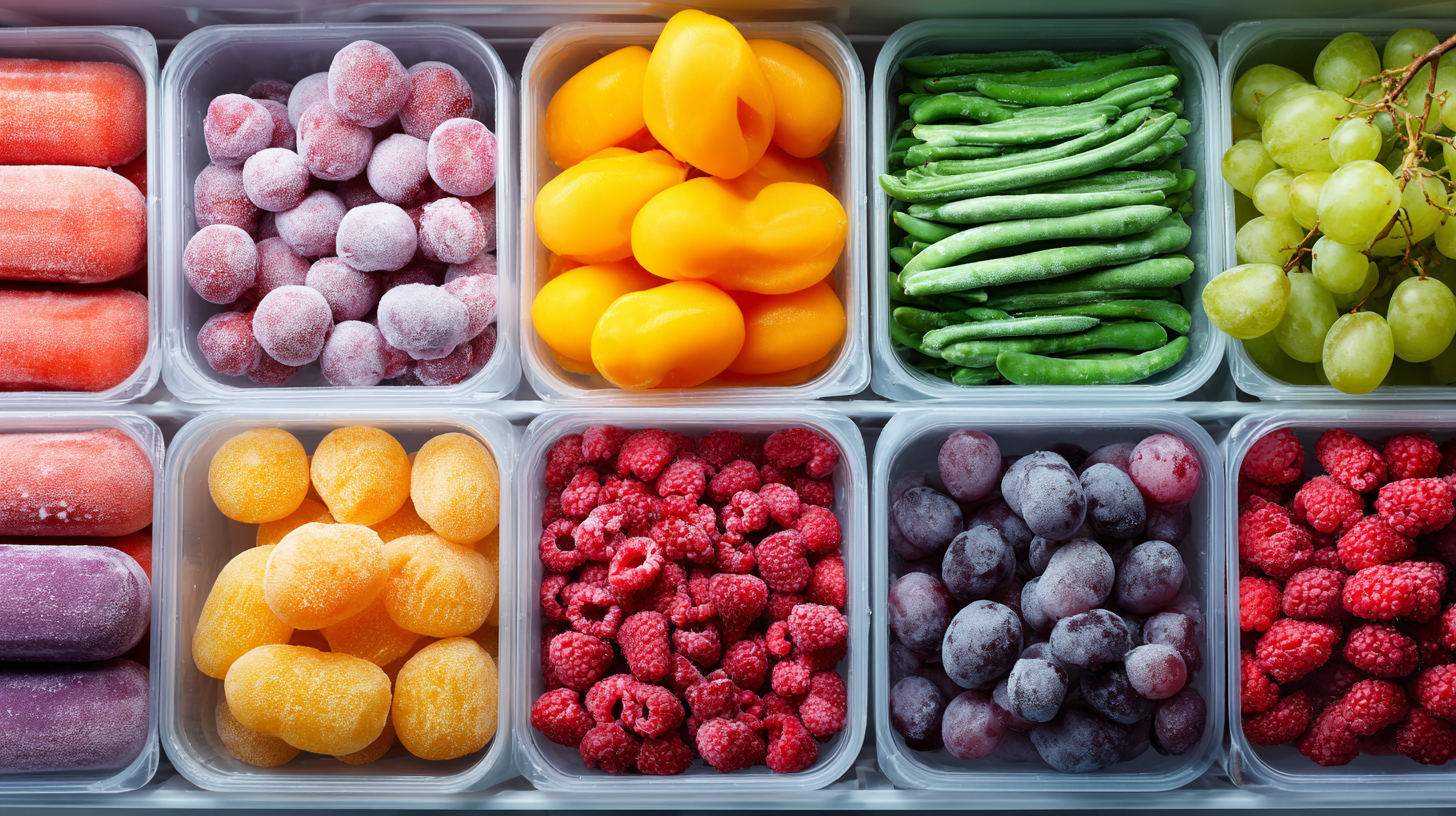
Understanding the Importance of Quality Frozen Food Packaging
Understanding quality frozen food packaging is essential for maintaining the integrity and safety of frozen products. According to a report by MarketsandMarkets, the global frozen food packaging market is projected to reach USD 42.42 billion by 2025, highlighting the increasing demand for effective packaging solutions. Quality packaging not only extends the shelf life of food items but also reduces food waste and enhances consumer satisfaction. Proper insulation and sealing are critical in preventing freezer burn and preserving flavor, texture, and nutritional value.
One essential tip is to use high-quality materials that provide adequate moisture and oxygen barrier properties. This can significantly minimize the risk of spoilage and maintain the quality of frozen foods for longer periods. Another tip is to ensure proper labeling; clear information regarding contents, storage instructions, and expiration dates can help consumers make informed choices and avoid food waste. Additionally, consider eco-friendly packaging options, as sustainability is becoming a significant trend in consumer preferences, with 70% of consumers willing to pay more for sustainable packaging according to Accenture's research. Employing these strategies can lead to improved customer loyalty and a competitive edge in the frozen food market.
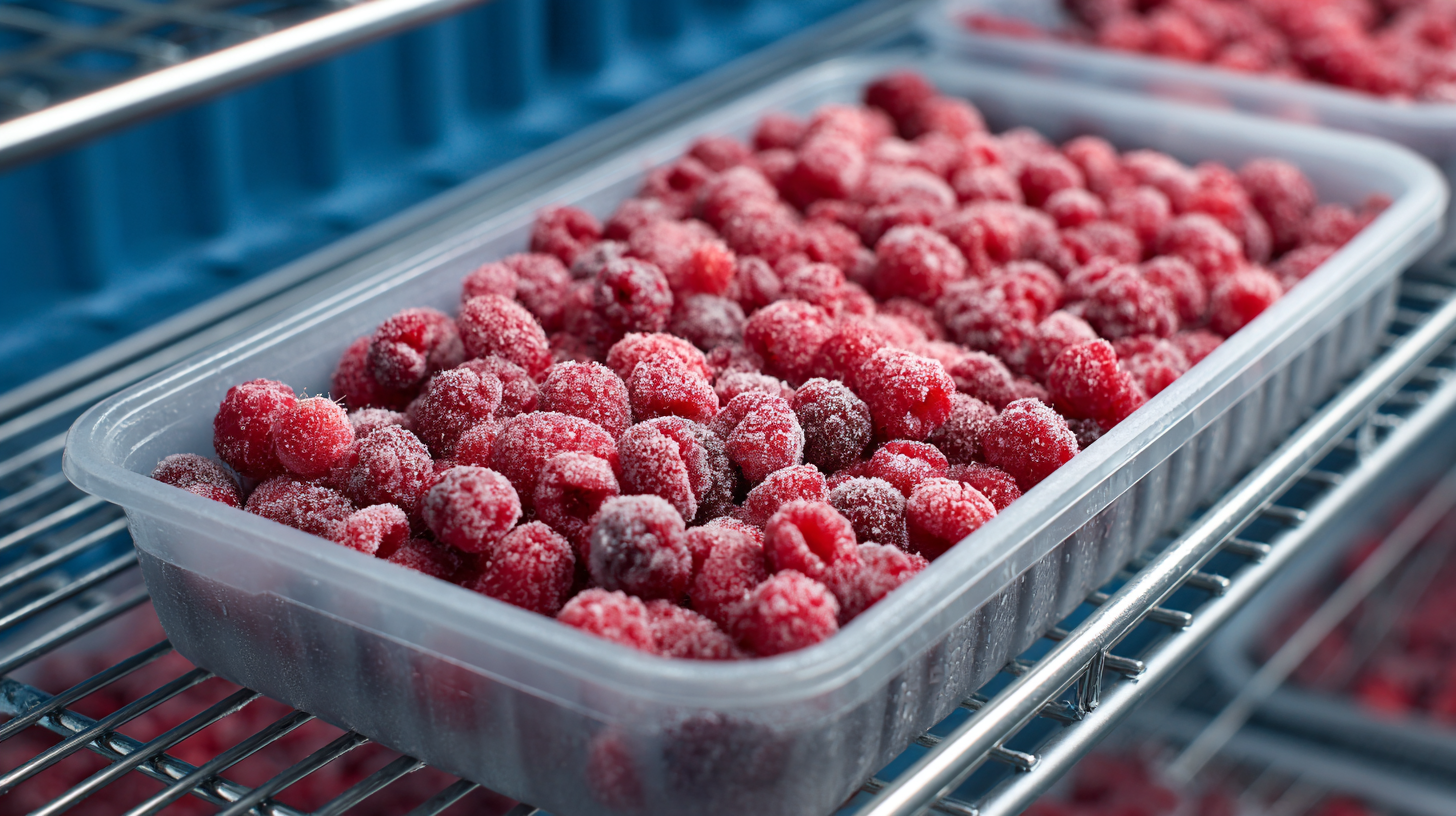
Selecting the Right Materials for Frozen Food Packaging
When it comes to selecting the right materials for frozen food packaging, the industry is witnessing significant growth, with the global frozen food packaging market projected to reach a value of $11.38 billion in 2024 and expand to $17.2 billion by 2032. Given that packaging plays a critical role in preserving food quality and extending shelf life, it's paramount to consider materials that provide optimal protection against external factors.
One essential tip is to choose high-barrier materials that prevent moisture and oxygen from compromising the integrity of frozen products. Innovations in plastics have led to the development of multi-layered composite films that offer enhanced protection while also being lightweight and cost-effective. Additionally, incorporating features such as resealable closures can aid in maintaining freshness after opening.
Furthermore, sustainability is increasingly becoming a key consideration. Opting for recyclable materials not only meets consumer demand for environmentally-friendly solutions but also aligns with global efforts to reduce plastic pollution. As the frozen food market continues to grow at a compound annual growth rate of 4.53% from 2024 to 2031, making informed choices about packaging materials will be vital for both brand reputation and operational success.
Creating Effective Seals for Maximum Freshness
When it comes to frozen food packaging, effective seals are crucial for maintaining maximum freshness and ensuring product quality. A secure seal prevents air and moisture from entering the packaging, which can lead to freezer burn and loss of flavor. Utilizing suitable materials, such as high-barrier films, can significantly enhance the preservation of frozen foods. These films are designed to create an airtight environment that protects the contents, allowing them to stay fresh for longer durations.
In addition to material selection, the sealing process itself plays a pivotal role in packaging effectiveness. Implementing advanced sealing technologies—such as heat sealing or vacuum sealing—can ensure that the packages are tightly closed. Pay attention to the sealing temperature and pressure settings, as improper conditions may compromise the integrity of the seal. Employing proper techniques not only prolongs shelf life but also minimizes the risk of contamination. By focusing on creating effective seals, food manufacturers can deliver high-quality frozen products that meet consumer expectations for freshness and taste.
7 Essential Tips for Optimal Frozen Food Packaging Solutions - Creating Effective Seals for Maximum Freshness
| Tip Number | Packaging Material | Seal Type | Temperature Resistance (°F) | Recommended Use |
|---|---|---|---|---|
| 1 | Polyethylene (PE) | Heat Seal | -70 to 180 | Frozen Vegetables |
| 2 | Polypropylene (PP) | Cold Seal | -40 to 212 | Frozen Ready Meals |
| 3 | Nylon | Vacuum Seal | -4 to 180 | Meat Products |
| 4 | Ethylene Vinyl Alcohol (EVOH) | Heat and Cold Seal | -40 to 140 | Frozen Fish |
| 5 | Paperboard with Plastic Liner | Seamless Seal | -20 to 120 | Frozen Desserts |
| 6 | Polyester (PET) | Pressure Seal | -40 to 175 | Frozen Fruits |
| 7 | Aluminum Foil | Foil Seal | 0 to 600 | Frozen Baked Goods |
Designing Packaging for Easy Handling and Storage
Designing packaging for frozen foods requires a keen understanding of both functionality and convenience. First and foremost, the materials used must be durable enough to withstand extremely low temperatures without compromising the integrity of the food inside. Consideration should also be given to insulation properties, as effective thermal protection ensures that the product maintains its quality and safety during storage and transit. The use of transparent or easily visible packaging can facilitate quick inventory checks, making it easier for consumers and retailers alike to identify products at a glance.
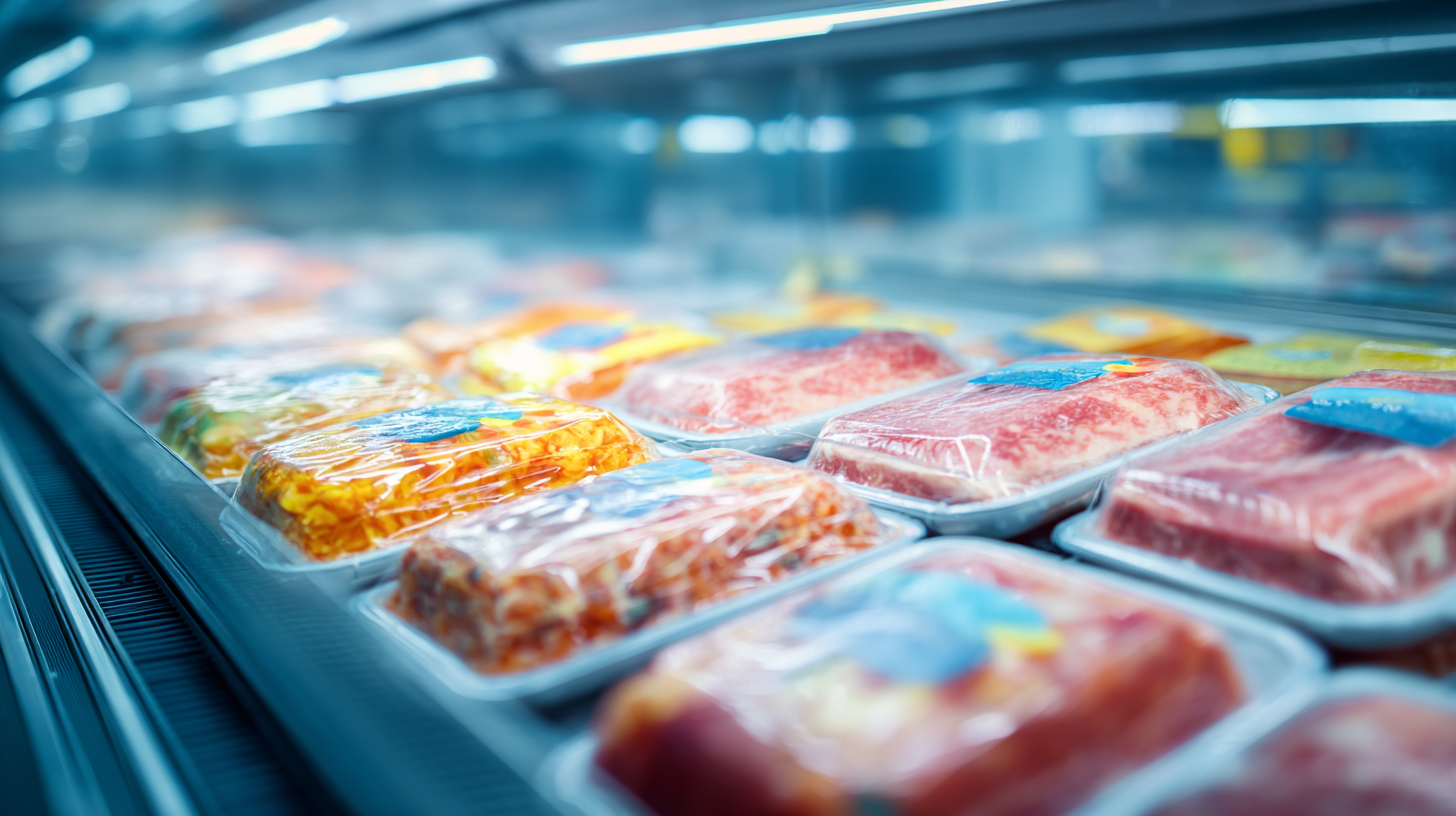
Ease of handling plays a crucial role in the user experience when it comes to frozen food packaging. Incorporating features like resealable closures and easy-open tabs can significantly enhance consumer satisfaction by allowing for quick access and secure storage after the initial opening. Additionally, designing packaging in standardized shapes can optimize space in freezers, making storage more efficient. The inclusion of clear labeling with cooking instructions and storage guidelines further aids consumers in making informed choices, ultimately improving their overall experience with frozen food products.
Adapting Packaging Solutions to Meet Regulatory Standards
When it comes to frozen food packaging, adhering to regulatory standards is crucial for ensuring product safety and consumer trust. According to the Frozen Food Institute, the frozen food market is projected to reach $250 billion by 2025, which underscores the importance of effective packaging solutions that comply with evolving regulations. Packaging materials must not only preserve the quality and freshness of the food but also conform to FDA guidelines and international safety standards. Utilizing materials that are both compliant and sustainable can significantly enhance a company's reputation while ensuring consumer safety.
Moreover, choosing the right type of packaging is pivotal for minimizing environmental impact. A report by the Environmental Protection Agency indicated that in 2021, nearly 30% of municipal waste originated from food packaging. Therefore, implementing recyclable and biodegradable materials can address both regulatory compliance and eco-friendly practices. With advancements in technology, companies can leverage smart packaging that continually monitors freezer conditions, thus ensuring that the food remains safe and regulations are met. By focusing on innovative and compliant packaging solutions, businesses can thrive in the competitive frozen food market while protecting public health and the environment.
7 Essential Tips for Optimal Frozen Food Packaging Solutions
This bar chart illustrates the importance rating of various essential tips for optimal frozen food packaging solutions. Each tip is rated on a scale from 1 to 10 based on its criticality in maintaining quality and compliance in the frozen food industry.
Related Posts
-
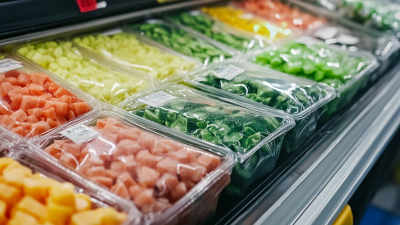
Top 10 Manufacturers of Frozen Food Bags in China at the 137th Canton Fair
-
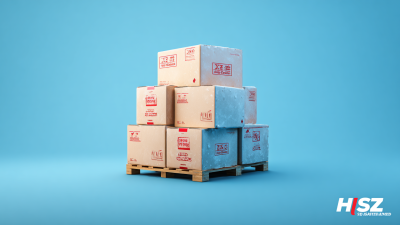
Top Strategies for Selecting the Most Efficient Frozen Food Shipping Solutions
-

Solutions for Streamlined Frozen Food Shipping Boxes: Boosting Efficiency and Freshness
-

How to Choose the Best Frozen Food Shipping Boxes for Your Business Needs
-
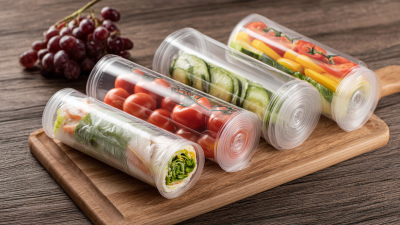
5 Ways Best Food Packaging Plastic Roll Transforms Your Food Storage Strategy
-
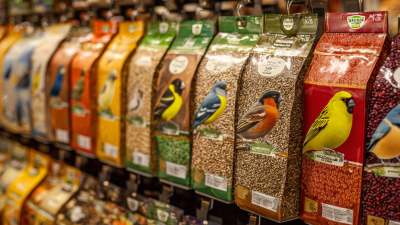
Ultimate Guide to Evaluating the Best Bird Food Packaging Options

 中国
中国